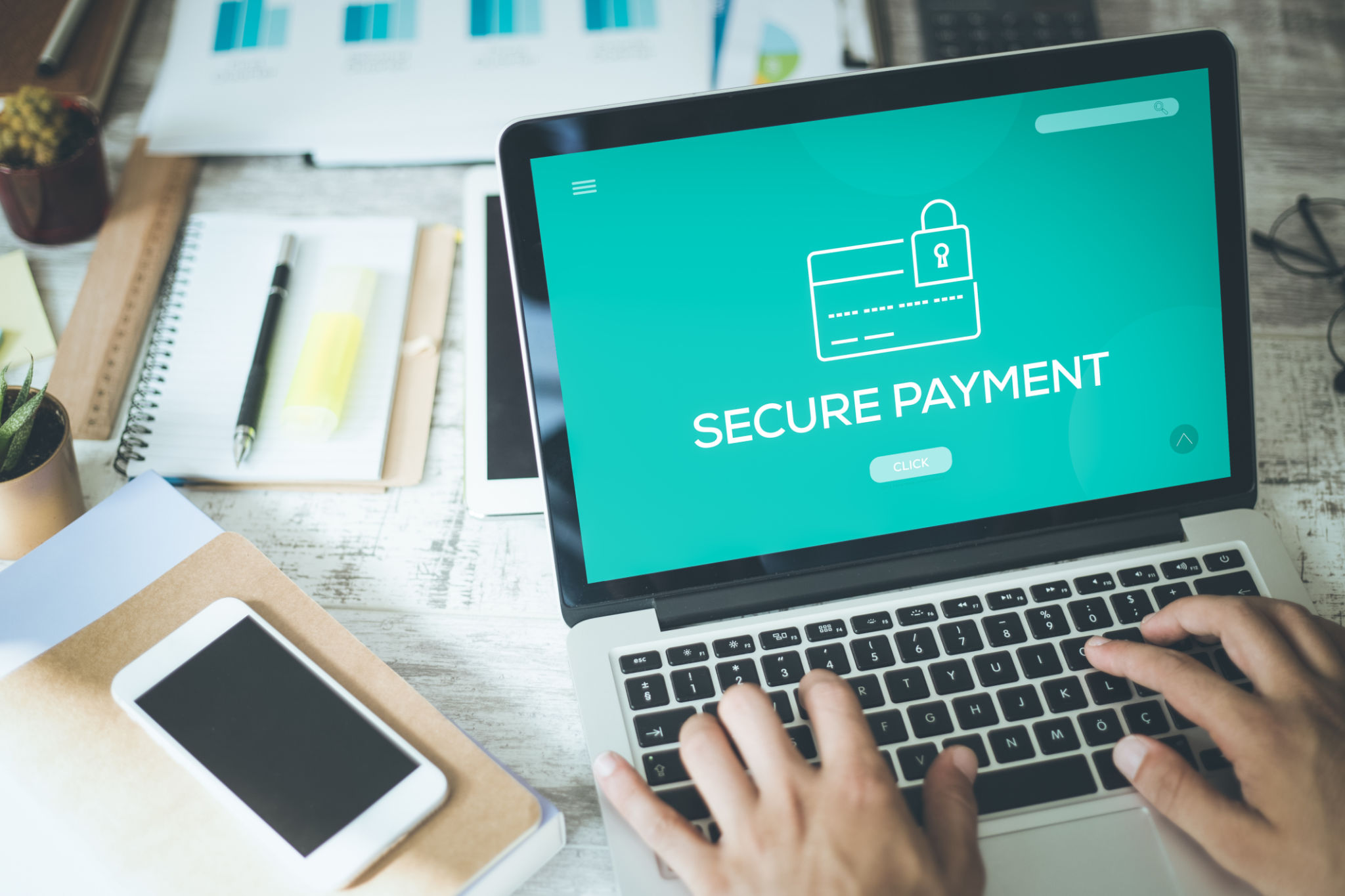Top Tips for Optimizing Your Business’s Payment System
Understanding Your Payment System Needs
Optimizing your business's payment system can significantly enhance your customers' experience and streamline your operations. Before diving into the technical aspects, it's crucial to evaluate your current payment system. Consider factors such as transaction volume, types of payments received, and customer preferences. Understanding these elements will guide you in selecting the most suitable payment solution for your business.
Furthermore, assess any existing pain points. Are there frequent transaction errors or delays? Addressing these issues is essential to ensuring a smooth transition to an optimized system.

Choosing the Right Payment Gateway
A payment gateway acts as a bridge between your business and customers, so selecting the right one is vital. Consider gateways that offer seamless integration with your existing software and provide robust security features. Popular options include PayPal, Stripe, and Square, each with its strengths and weaknesses. Evaluate their fees, ease of use, and compatibility with international transactions.
Moreover, ensure that the chosen gateway supports multiple payment methods, such as credit cards, debit cards, and digital wallets. Offering diverse payment options can cater to a broader customer base.
Enhancing Security Measures
Security is a top priority in any payment system. Implementing strong security measures not only protects your business but also builds trust with your customers. Use encryption technologies to safeguard sensitive data and ensure your payment system complies with PCI DSS standards.

Regularly update your payment software and conduct security audits to identify vulnerabilities. Educating your staff about potential security threats can also mitigate risks associated with human error.
Streamlining the User Experience
A seamless checkout process is critical for optimizing your payment system. Simplify the user interface to reduce the steps needed to complete a transaction. Avoid unnecessary fields and offer a guest checkout option to expedite the process for new customers.
Additionally, ensure that your payment page is mobile-friendly. With more consumers shopping on their phones, a responsive design can prevent cart abandonment and increase conversion rates.

Utilizing Data Analytics
Leverage data analytics to gain insights into transaction patterns and customer behavior. Analyze metrics such as peak transaction times, preferred payment methods, and average transaction values. This data can inform strategic decisions and help tailor marketing efforts to customer preferences.
Integrating analytics tools with your payment system can also identify potential fraud patterns, allowing for proactive measures to protect your business.
Customer Support and Feedback
Providing excellent customer support is essential for maintaining a positive relationship with your clientele. Ensure that customers have access to help if they encounter issues during the payment process. This support can be via live chat, email, or a dedicated helpline.
Encourage feedback from customers about their payment experience. This information can offer valuable insights into areas needing improvement and help you address any concerns promptly.

Regular System Updates
To maintain an optimized payment system, regular updates are necessary. These updates not only enhance security but also introduce new features that can improve functionality. Keep abreast of industry trends to ensure your system remains competitive.
Partnering with a reliable payment solution provider can ensure you receive timely updates and support for any technical issues that may arise.
